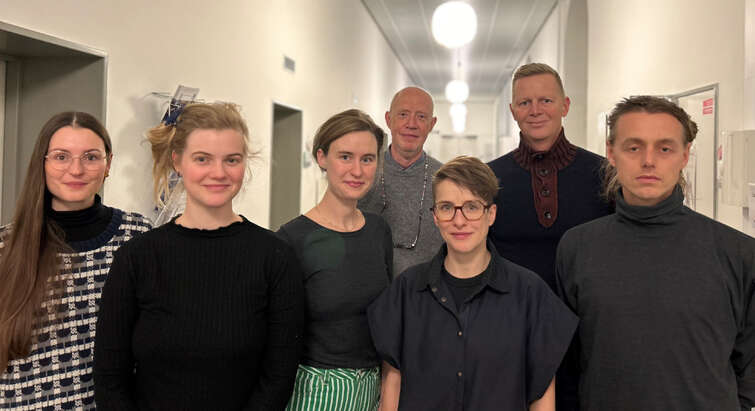
Research Groups


Alkjær Group

Aragona Group

Autzen Group

Bentzen Group

Biering-Sørensen Group

Billestrup Group

Bjørn-Yoshimoto Group

Brickman Group

Christoffersen Group

Davies Group

Desler Group

Fritzen Group

Gasbjerg Group

Gourdon Group

Grevengoed Group

Gustavsson Group

Hartmann Group

Hartvig Group

Hawkins Group

Helge Group

Hjortø Group
Holst Group

Jacobsen Group

Jensen Group

Jensen Group

Jepps Group

Jespersen Group

Kanters Group

Kirkeby Group

Kissow Group

Kjær Group

Larsen Group

Linz Group

Little Group

Lundby Group

Lundegaard Group

Mandrup-Poulsen Group

Mathiasen Group

Nielsen Group

Ochala Group

Peter Holst Group

PREPARE

Rasmussen Group

Rosenkilde Group

Schmitt Group

Sedzinski Group

Sosnovtseva Group

Stallknecht Group

Sylow Group

Sørensen Group

Thomsen Group

Torekov Group

